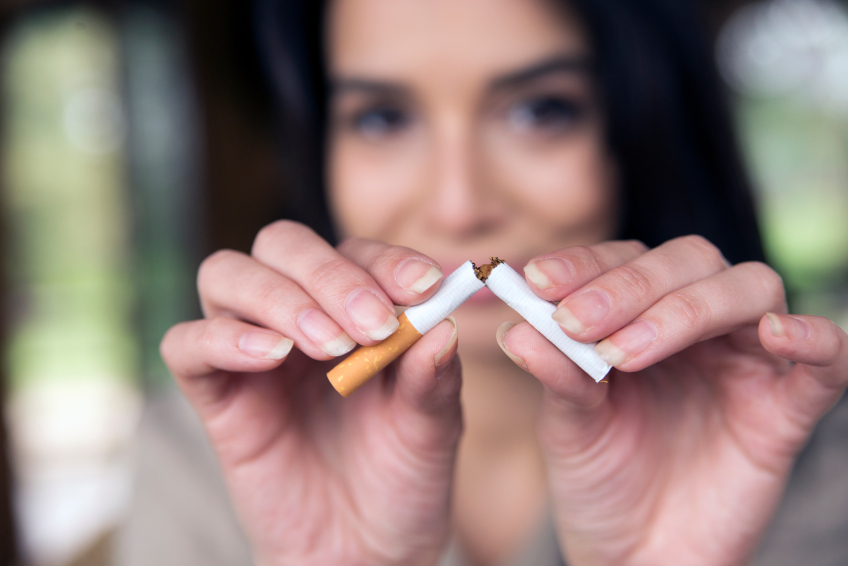
Sex addiction had several different names in the past, including nymphomania (in women), hypersexuality, and satyriasis (in men), but it’s only recently that its definition has shifted from including all deviant sexual activity as a sign of illness, to simply categorizing sexual compulsion as a problem. However, because of the nature of addiction, many healthcare providers and psychiatric associations are wary to consider sex addiction a problem in and of itself.
While sex addiction exists, it is more likely a symptom rather than a condition of itself. Where an addiction is a physical or emotional dependence on a substance or action due to the addictiveness of that substance or behavior, sex addiction either implies poor impulse control or may be a hint at a personality disorder characterized by problems with intimacy, empathy, and long-term emotional commitment.
To understand what a sex addiction is and where it comes from, we need to separate the problematic from the accepted.
Lewd or Deviant Behavior Is Not an Illness
Sex positivity is still a controversial topic in modern society, but we have come a long way from puritanical views on sex and reproduction. It is generally accepted that individuals have sex recreationally, and that they are free to do as they please if both parties consent. This includes a very long list of sexual preferences or “kinks”, as well as fetishes. Even non-safe, illegal sexual activities such as voyeurism or exhibitionism are not always indicative of a sex addiction, although they might go hand-in-hand.
The presence of a kink, fetish, or abnormal/deviant sexual desire (excluding harmful or dangerous paraphilias) is not a problem. But it can be one. During the 18th and 19th century, cases of “nymphomania” would have been diagnosed (in women, exclusively) on the basis of “lewd advances to men or women”, as well as masturbation and “sexual insatiability”. We have since come to understand that being sexually active, masturbating, and engaging in oral and/or anal sex is not a form or symptom of mental illness, although it took until 1980 to do so.
What does present itself as a problem is when one person’s sexual activity causes them great personal harm, to the point of being ruinous for several relationships, causing them to lose out on work, and even land themselves in jail due to unwanted sexual advances or unwanted exhibitionism/voyeurism. Sometimes it’s a matter of choice and poor decision-making – and sometimes, sex addiction reveals a real problem with impulse control, compulsive behavior, and other deep-seated psychological problems.
Compulsion vs. Choice
Just like the tendency to sleep, eat, or yell aggressively at a screen, sexual drive is a biological factor controlled by several substances in the body and brain. During certain mental health conditions and treatments, this drive can increase or decrease drastically. Depressive disorders are known to decrease a person’s sex drive considerably, yet on the other hand, manic episodes may be accompanied by moments of hypersexuality. These instances of “excessive” or even dangerous sexual activity can thus be explained by other biological or psychological conditions, and after the primary condition is treated, the hypersexuality ceases.
There is also some evidence to suggest that hypersexuality may be a form of coping in cases of obsessive-compulsive disorder and other anxiety disorders, wherein a person uses the emotional and physical release and gratification of an orgasm or sexual encounter to soothe their anxieties, or to address specific obsessions through compulsive sexual behavior.
If a case of sex addiction is accompanied by other forms of poor impulse control, sudden urges, and emotional outbursts, an individual may be suffering with an impulse control disorder rather than any form of addiction.
This is the primary problem with viewing hypersexuality as a form of addiction – because the mechanism of what drives extreme and/or dangerous sexual activity is so poorly understood, it’s important not to conflate a sex addiction with a substance use disorder. Instead, many cases of hypersexuality may betray other disorders instead. Nevertheless, compulsive sexual behavior shouldn’t be dismissed as something that doesn’t require treatment.
So, when does sexual behavior become something a therapist or psychiatrist should be concerned about? Either when an individual’s sex drive shift suddenly, either dropping to rock bottom or increasing multifold, or when an individual’s sexual behavior is detrimental to their own health or safety, and they continue to engage in dangerous sexual behavior despite clear and suffered consequences. Either of these issues suggests a sudden change in a person’s mental and neurological state, as well as turning sex into a potential form of coping (thus relying on it despite clear consequences).
The presence of serious consequences is key. A person may engage in extramarital affairs, masturbate excessively, and/or spend several thousand dollars a month on strip clubs or pornography, but if their behavior is not negatively impacting other areas of their life (from financial ruin to several sexually-transmitted diseases, losing partner after partner, and/or job loss), there is no real evidence of a disorder.
Sex Addiction as An Intimacy Problem
There may be many reasons a person turns to sex to cope, but one proposed reason is a problem with intimacy and long-term emotional bonding. While sex is arguably the ultimate fix when you need a quick emotional high with another person, it also typically comes with a series of strings attached. People don’t always engage in one-night stands, and tie feelings of sexual gratification and desire together with romantic feelings. Some people, however, may struggle with that concept and instead actively sabotage their relationships and move from one conquest to another in order to avoid any feelings of intimacy, usually out of fear, in order to avoid being in a position of emotional vulnerability where another person may see them for who they think they truly are. Deep-seated self-esteem issues and feelings of guilt or shame may fuel a personality that sees sex as a way to get high but will do everything to stay away from the romances associated with it.
This, however, doesn’t sound like an addiction, but rather, seems to be a form of maladaptive coping, with potential anxiety problems or symptoms of depression feeding an image of self-hatred. While sex can be a compulsive outlet for many looking for a quick fix, it’s important to differentiate unusual sexual desires from truly harmful sexual compulsions, and addiction.









